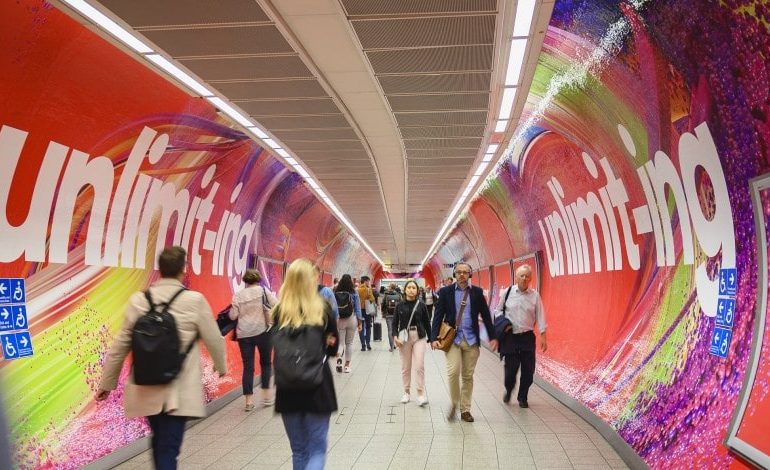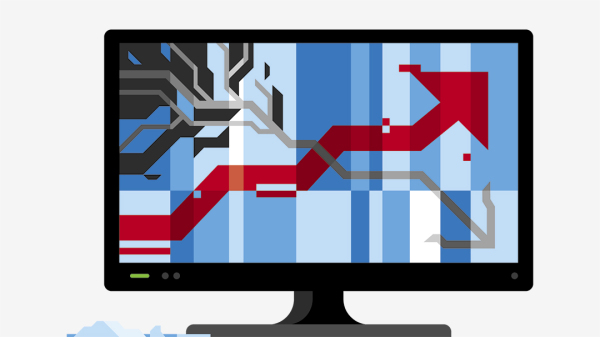By Sally Newman
Google My Business is the home of your local online presence and the information hub for potential customers in your area. In this article, we fire through all the key steps of completing and optimising your profile to bring more customers to your business – both online and in store.
Make your NAP & business info 100% accurate
Accurate business information, especially your name, address and phone number (NAP), is one of the strongest signals in local search. So make sure your details are 100% accurate on your Google My Business page and that they match the business information you have listed on your website and third-party sites (directories, review sites, etc).
There are four pieces of basic business information that you need to specify right away:
- Your business name
- Your business category
- Your business address
- Your service area
You will have chosen a business category when you created or claimed your business in GMB but you can now add further categories to help Google show your listing to relevant searches with greater accuracy.
Provide opening times to encourage store visits
People searching for businesses in their local area might be looking for takeaways open late on a Sunday, shops that are still open on their way back from work or stores where they can look at a product before actually buying it. This means having accurate opening times on your GMB listings can win you customers.

Google My Business encourages you to add opening times to your listing and you absolutely should. Make sure you accurately fill these out and keep them up-to-date so people can always trust the information on your profile.
Capture web and phone leads from GMB
You can track phone calls from Google My Business by using a phone tracking service and entering your tracking code as your primary phone number.

Bonus tip: add your real phone number as an additional number and make sure it matches with the number you’ve got listed elsewhere (area code is important) to show Google that this is, in fact, your business number.
You can also track website visits from GMB by creating a UTM (Urchin tracking module) using Google Analytics Dev Tools.

Once you’re done, simply copy the URL and paste it into the website section of your Google My Business page.

Add products to your GMB profile
If you sell products online or in-store, you can add them to your Google My Business profile to drive in-store visits and clicks through to your website.
You need to name each product and select or create a new product category. You have the option of showing prices or price ranges for each product and you can add a product description, as well as an optional call-to-action button.

Make your business stand out with attributes
Attributes help users choose the ideal business for their needs and also increase the quality of leads you generate from Google My Business.

You can specify that your business has on-site parking or free wifi, for example, or show which Covid-19 measures you’re taking, such as staff wearing masks. You can also list services you provide, like free delivery, takeaways, in-store pickups and other options that could win the customer.
Optimise your business description?
Your business description is one of the few places in your GMB profile where you get to explain what makes your business unique. You get 750 characters to tell people why they should step through your door or buy from you over the other alternatives in the local area (if there are any).
The more competition you face, the more important your description could prove to be. Make sure you’re honest and try to focus on the characteristics of your business that appeal to your target customers.
You can find out what not to include in your business description on this Google My Business Help page.
Show the best of your business with quality photos
Google My Business allows you to upload images of your business and this is one of the most underutilised tools in GMB. These images, quite literally, shape the mental image users build about your business and you want to make sure these photos create the right impression.

Get yourself a professional photographer and upload high-quality images of the following:
- Your business logo (this shows when you post a photo or reply to reviews, questions, etc)
- Your GMB cover photo
- Your exterior building
- The interior of your business
- Products/services
- Covid-19 measures
- Images showing the attributes in your profile
You can also upload videos to Google My Business so think hard about the kind of message you want to put across, such as your company’s history or a compilation of video reviews from a selection of happy customers. For more tips on optimising your Google My Business page, check out this video.
By Sally Newman
SEO specialist at Vertical Leap









